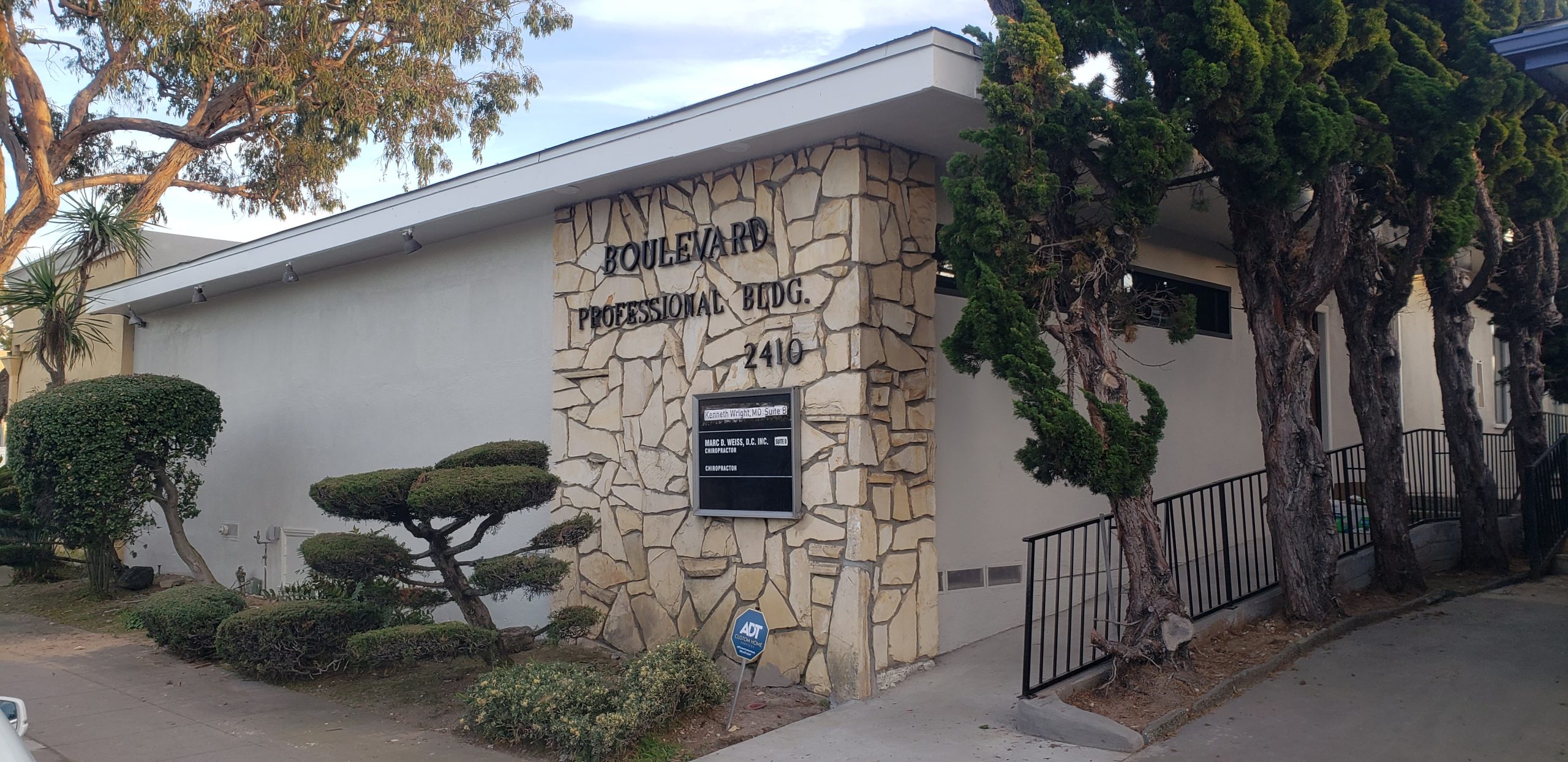Myopia (nearsightedness) occurs when the cornea and lens power are too great for the length of the eye and light focuses in front of the retina. Another way to think of myopia is that the eye is too long for the relatively strong cornea-lens power. Near objects, however, are naturally in focus for a myopic eye. Thus, the layman uses the term nearsightedness for this refractive error as myopic patients can see up close, at near. Myopic patients usually do not have amblyopia, as myopia develops after the critical period of visual development and myopic infants can see clearly up close, providing the clear retinal images necessary for visual development.
Nearsightedness runs in families and the inherent pattern is variable; some being autosomal dominant or autosomal recessive, and others apparently sporadic. Myopia in childhood is uncommon and only occurs in 2% of children by age 6 years. It tends to develop in school age children and usually increases during the growth spurt period as the eye increases in size. In most cases, myopia will stabilize by mid to late teens.
Premature infants are recognized to be more myopic than full-term infants, especially if retinopathy of prematurity is present. Although the cause of myopia may be related to a number of reasons, an increase in the refractive power of the lens (lenticular myopia) is present in premature infants with retinopathy of prematurity. Why this occurs in these premature infants is unclear.
In other cases, some full-term infants are born with significant myopia that progresses with age. It has been shown that if myopia presents before age 10 years, the child is at a much greater risk of progression to high myopia (greater than – 6.00 diopters). These children are susceptible for retinal detachments and other vision problems as they mature and the eyeball enlarges.

